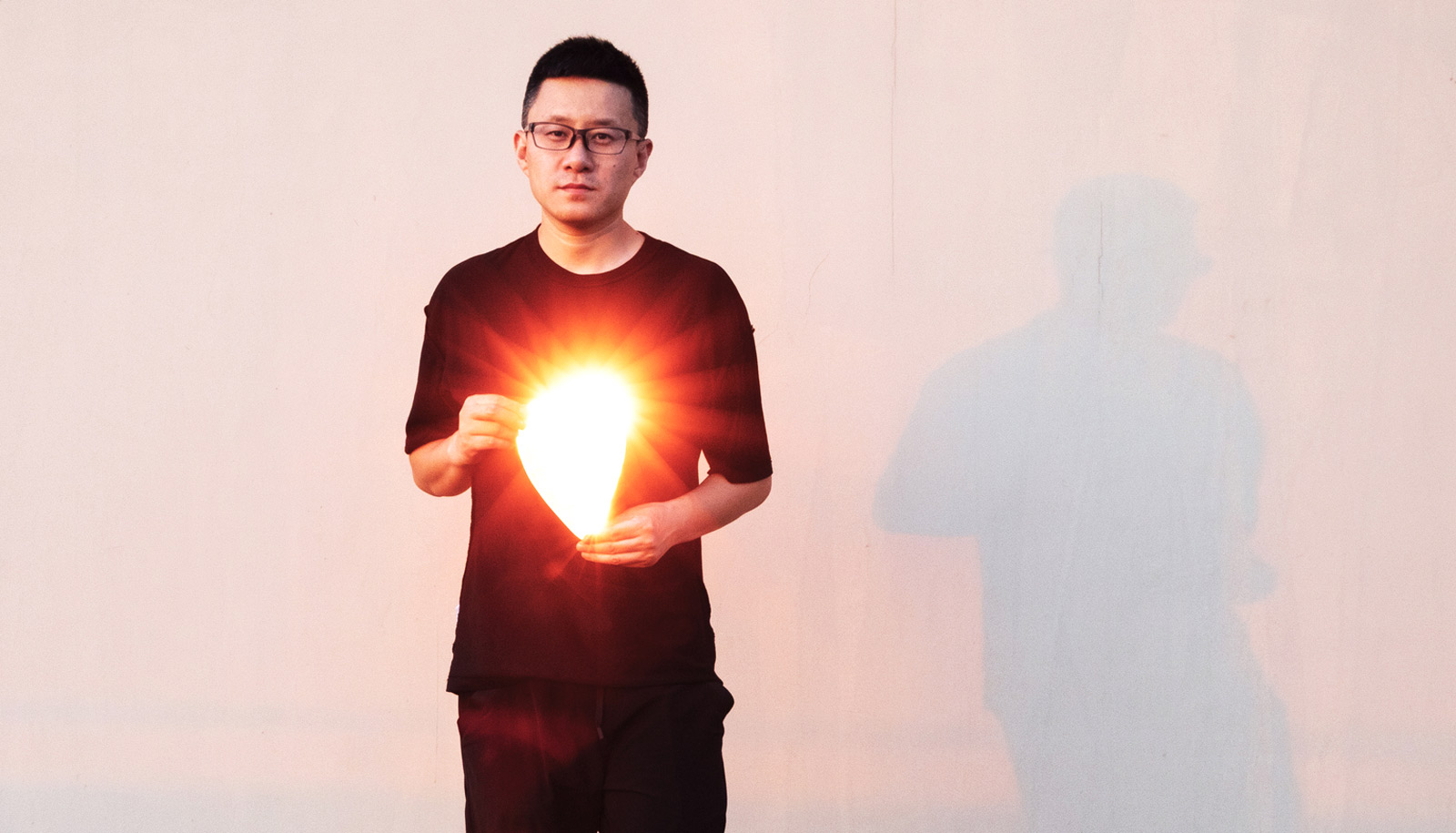The apparent trend toward division and away from empathy isn’t irreversible, according to new research.
Empathy is a skill that one can cultivate over time, Stanford University psychologist Jamil Zaki finds, and with the right practices, anyone—even the most close-minded individuals—can come to care about other people in healthy and sustainable ways.
While empathy offers numerous social benefits—for example, patients of empathic doctors are more satisfied with their care—empathy might not be a good thing, Zaki says. When healthcare professionals care too much, they are at elevated risk for burnout, depression, and trauma from over-empathizing with others’ suffering, he says.
These are some of the key findings to emerge from Zaki’s research into the various dimensions of empathy. Zaki has brought these insights, many from his own research, into his new book, The War for Kindness: Building Empathy in a Fractured World (Crown, 2019).
Here, Zaki talks about what he learned about empathy, from experiments he led in his own lab to the research and interviews he conducted for the book:
How much of empathy is genetic or shaped by experience?
Philosophers and psychologists have argued that empathy is a trait, hard-wired into our genes and brains. The reasoning goes that each of us has a “level” of empathy and—like our adult height—we’re stuck there for life. This is all well and good if you’re already empathic, but also means that if you struggle with empathy, you’ll never improve no matter how hard you try. It also means that when our collective care fails, there’s nothing we can do about that either.
Thankfully, this view is incomplete. Through the right practices, such as compassion meditation, diverse friendships, and even fiction reading, we can grow our empathy on purpose. Empathy is something like a muscle: left unused, it atrophies; put to work, it grows.
You met with people who run the risk of caring too much, such as nurses. How might they experience empathy differently?
No emotion is always useful, and that goes for empathy as well. This is especially true of professional caregivers, who experience an empathic double-bind. These individuals are driven to their work by a deep desire to help others, and when they express empathy, their patients flourish. But that same care can be an occupational hazard, turning into trauma, fatigue, and burnout.
Psychologists, including myself, are now exploring how people in these professions might empathize in more sustainable ways. For example, empathic concern—feeling for someone—is distinct from emotional empathy—feeling as someone else does. If they can cultivate concern instead, for example, they can care without falling apart. Contemplative practices, such as compassion meditation, appear to help people make this distinction, but this research is still in early days.
You also interviewed a former neo-Nazi who now runs a nonprofit, Life After Hate, that uses empathy as a way to extract other people from the white supremacist movement. What did you learn from talking with him about his experiences?
One of humans’ most natural tendencies is to divide people into “us and them.” This is also one of the fastest ways to snuff out empathy. We stop seeing outsiders as humans and start reducing them to their ethnicity, age, opinion—whatever divides them from us. But this process can be reversed, by recapturing our sense for people on the other side of a conflict as just that: people.
The story of Tony McAleer, the reformed hate group member I profile in the book, teaches us that extremism and animus bury empathy, but do not kill it. His path to recovery, I think, is also instructive. He and other founders of Life After Hate reformed after meeting people they were supposed to despise, who refused to hate them back. For example, shortly after leaving the neo-Nazi movement, Tony confessed his past to a Jewish man. “That’s what you did,” his new friend responded, “but not who you are. I see you.” That simple act of compassion cracked open Tony’s hatred, cementing his new life.
Tony’s story suggests that moving from “us and them” to “you and I” is a powerful way to restore empathy even amidst dark circumstances.
You run the Stanford Social Neuroscience Laboratory. What have you learned about empathy and the brain?
One of the first things I documented with my work in neuroscience was the relationship between different types of empathy. Vicariously catching someone’s feelings—known as “emotional empathy”—and thinking about what they feel—”cognitive empathy”—might seem like two sides of the same coin, but they activate almost entirely different brain systems, suggesting that these “pieces” of empathy are independent.
That said, brain areas associated with both cognitive and emotional empathy support important empathic outcomes—such as accurately gauging others’ emotions and deciding to help them.
In another set of studies conducted in collaboration with Carol Dweck, we found that merely believing empathy is a skill that can be developed inspired people to try harder at it. For instance, people who were induced to have a “growth mindset” around empathy, as compared to a fixed mindset, spent more time listening to the suffering of someone of another race and more energy towards trying to understand the opinions of someone from a different part of the political spectrum.
Zaki is an associate professor of psychology in the Stanford School of Humanities and Sciences and is a member of Stanford’s interdisciplinary biosciences institute, Bio-X.
Source: Stanford University



